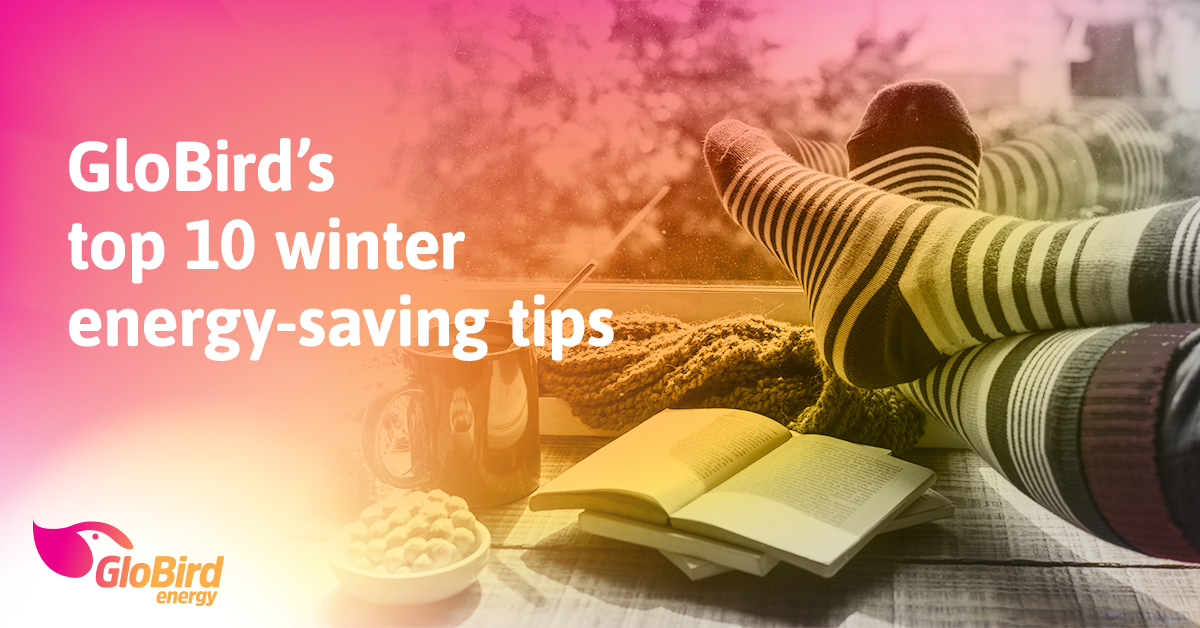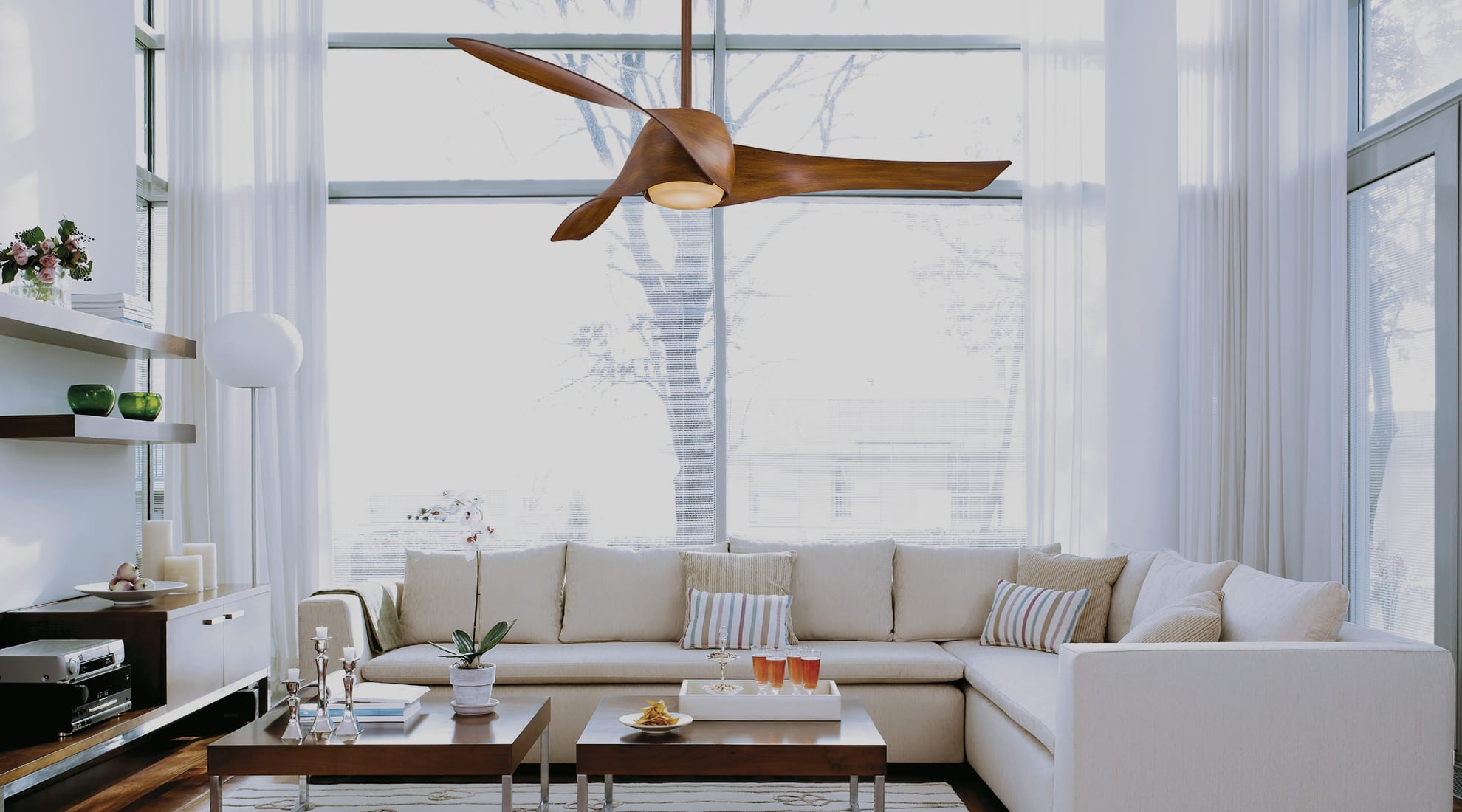We recommend being smart about how much electricity you use around the house all year round. After all, there’s no point wasting it and paying for power you didn’t even need or use.
You might be surprised how every little bit adds up over the course of a year.
Here in Victoria, heating your home in winter accounts for up to 40 per cent of your annual energy use, so it makes sense and saves cents to be super smart in the colder months.
We took off our gloves for a few minutes to come up with these two handfuls of handy tips:
How to Save Energy and Stay Warm This Winter

1. Adjust your thermostat
Even when it’s freezing outside, you don’t need to be super toasty inside. Keep your thermostat set between 18 and 20 degrees. Every degree above that could add around 10 per cent to your heating costs over time.
2. Heat where needed
Get the most efficient heater and only heat the rooms that need it. Close internal doors, particularly to rooms you rarely use and especially to bathrooms and laundries, which are almost always colder.
3. Heat when needed
If it’s on a timer, you only need the heater to come on 10-15 minutes before you get out of bed. The house doesn’t need to be at maximum heat the moment you lift the covers. Then switch it off about half-an-hour before you leave for the day and again half-an-hour before you go to bed (we generally sleep better when our bodies start to cool down).
4. Rug up
Rather than turning up the heat, wear some extra winter layers. Get yourself some fleecy tops and tracksuit pants and some warm indoor socks. And you don’t have to be a granny to put a nice rug over your legs when you’re being a couch potato!
5. Shower right
If you still haven’t installed a water-efficient shower head, your money is going down the drain. An unrated showerhead can use up to 25 litres per minute while a good one will only put out 7 litres per minute. No matter how you heat your water, that’s a big difference.
And resist the temptation to have longer showers. Even if you cut down your shower time by only a minute, that’s about six hours per year less hot water usage!
6. Work your windows
If you have any windows that are exposed to the winter sun, make sure you don’t block them during the sunshine hours to maximise that natural warmth.
Get longer, thicker curtains, which are far better than blinds when it comes to insulating rooms, keeping the cold on the outside and the warm air (that you’ve spent money heating) inside.
Then close your curtains at night and when it’s just really cold and miserable outside so you aren’t wasting energy trying (in vain) to heat those freezing windows.
7. Clear the dust
Remove any dust from heaters to help them work more efficiently and keep all heating vents clear to maximise the amount of heat getting out and ensure that it’s being circulated properly.
8. Fill the gaps
Any doors to the outside world tend to have a bit of a gap at the bottom (if you live in a unit or apartment where the living room is right inside the front door, you’ll know this all too well).
Get yourself a couple of old-school sausage-shaped draught arresters (also known as draught stoppers, draught excluders, or door snakes) to plug the gap and stop that flow of cold air.
9. Reverse the fan
As you might recall from your school physics class, hot air rises. This means a lot of our rooms are warmest up near the ceiling, which is not particular useful when we tend to live closer to the floor!
If you have a ceiling fan, most of them have summer and winter settings, which simply reverse the direction the blades spin. Anti-clockwise helps move the air around for a breeze when it’s too hot, while clockwise helps push the hot air back towards the ground (keep them at low speed, though).
10. Measure the kettle
Did you know it costs more to boil a full (electric) kettle than to run a ceiling fan for an hour?
So, don’t fill the kettle and make it do more work than it needs to every time you want a cuppa.
See if you can put all of these tips into practice and we guarantee you’ll save on your bills.
Meanwhile, stay warm and enjoy a wonderful winter.

